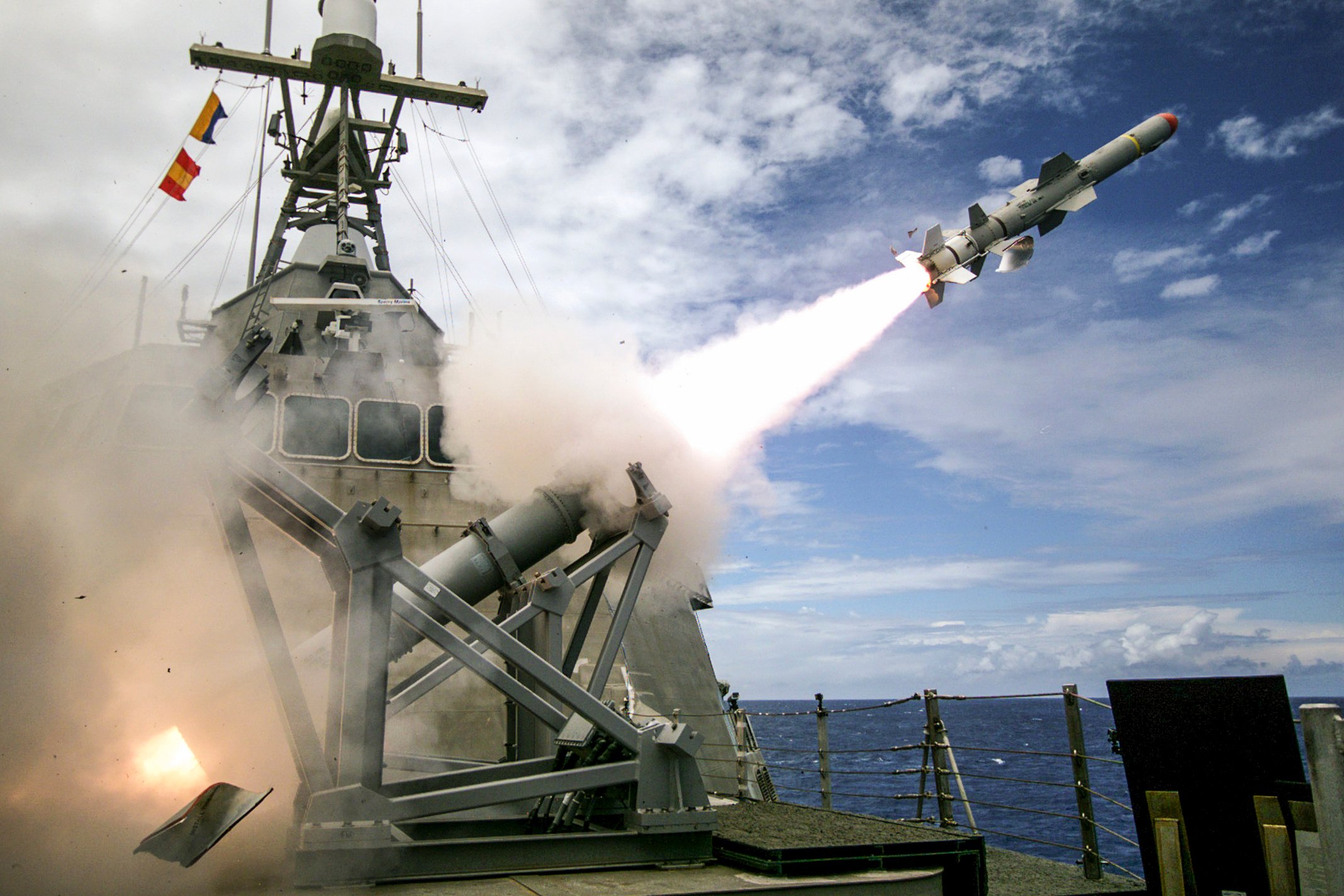

The Department of Defense (DOD) is motivated to ensure its 2025 defense budget passes through Congress and is prepared to provide what is necessary to get what they need, as Army Gen. Daniel R. Hokanson, chief of the National Guard Bureau, stated in remarks to the Senate Appropriations Committee’s defense subcommittee in June. Passing the budget allows the department to continue its efforts to modernize equipment and force design “adequately.” He states: “We increase the risk of sending America’s sons and daughters into large-scale combat operations with equipment and formations that may not be fully interoperable with the active duty forces we serve alongside.” The United States DOD has a request for $849.8 billion to satisfy its 2025 fiscal year budget plans. High-ranking officers from all parts of the department are taking the time to speak to lawmakers in defense of this request to ensure all involved better understand the creation of and thought process behind this number.
Budgets of any kind often account for inevitable “waste,” and the Department of Defense, in its efforts to search for the most modern and up-to-date tech, understands this more than others might. With all of the projects they maintain, there will always be those that go nowhere. There are watchdog agencies and whistleblowers who have brought what many may feel is gross overspending to light over the years. From $640 toilet seats to billions of dollars spent on planes that never make it to the air, the need to stay on top of where the money goes is a great undertaking.
24/7 Wall St. reviewed weapons programs in recent decades to determine which the US has wasted the most capital on. These programs are ranked on rough estimates of government expenditures, not adjusted for inflation. In most of the cases noted below, the wasted money results from research and development (R&D) projects that didn’t give the desired results. In 2023, the military budgeted $130 billion for R&D – the highest amount ever allocated in a single year. Research and development comes with the obvious risk of waste, but in many of the programs on this list, the wasted spending was often avoidable, resulting from any number of problems, including unrealistic goals, corporate influence in Washington, short-sighted strategic thinking, and evolving geo-political goals. Interestingly, several of these projects were initially pursued as a way of saving taxpayer money in the long term.
Why Are We Writing About Defense Spending?

The United States accounts for nearly 40% of global military spending and has the largest share of its GDP going to defense compared to most other countries, including China, Russia, India, Saudia Arabia, and more. For American taxpayers, it is helpful to understand how this money is spent and where these funds are misused. This knowledge can educate decisions on who to vote for and where to devote time and energy into expressing their opinion on such matters. The annual defense budget is not just a US concern but also affects policies and plans worldwide.
Here are failed weapons programs that the US wasted the most capital on.
18. ARH-70A Arapaho
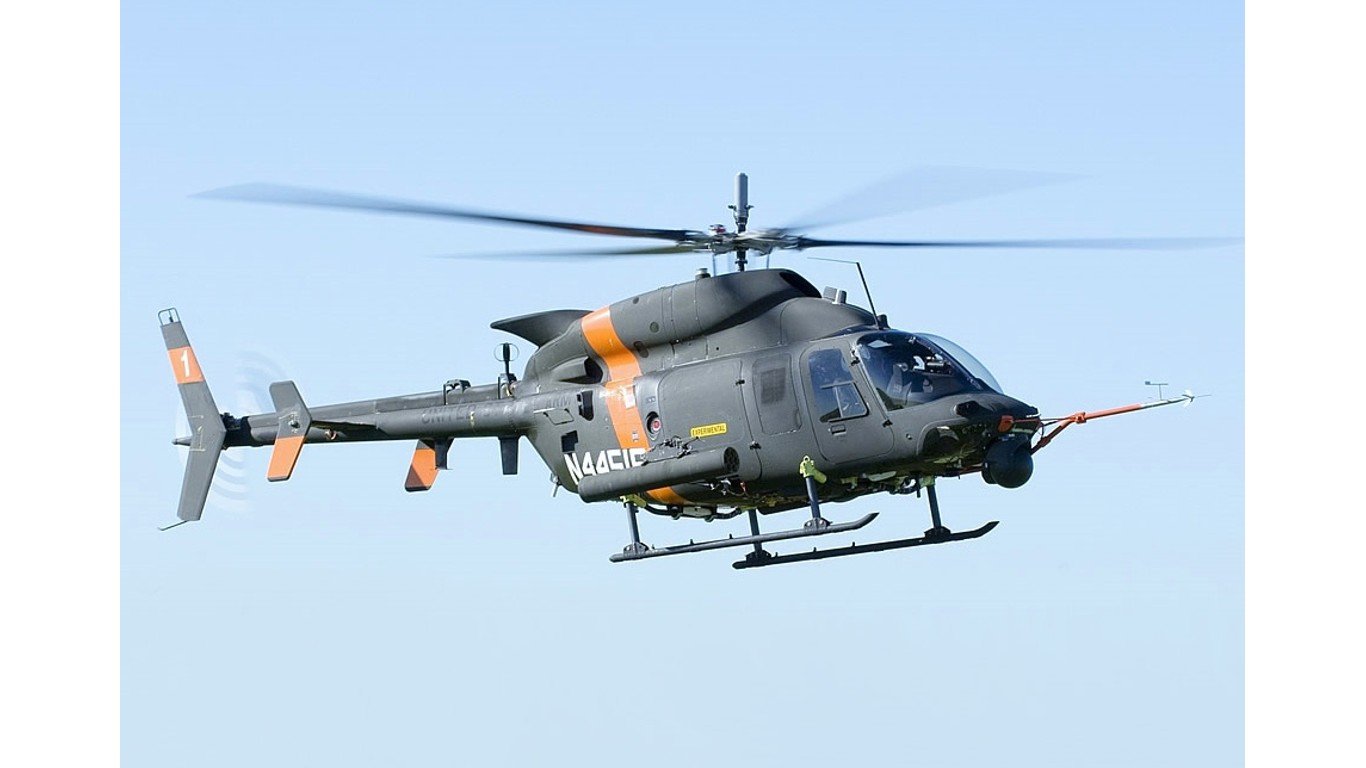
- Est. cost: $500 million
- Manufacturer: Bell Helicopters
- Purpose of Program: to be the replacement for the U.S. Army’s aging Bell OH-58D Kiowa Warrior
- Why the Program Failed: concerns over limited progress and rising expenses
- Program Length of Time: 2005-2008
17. Advanced SEAL Delivery System (ASDS)
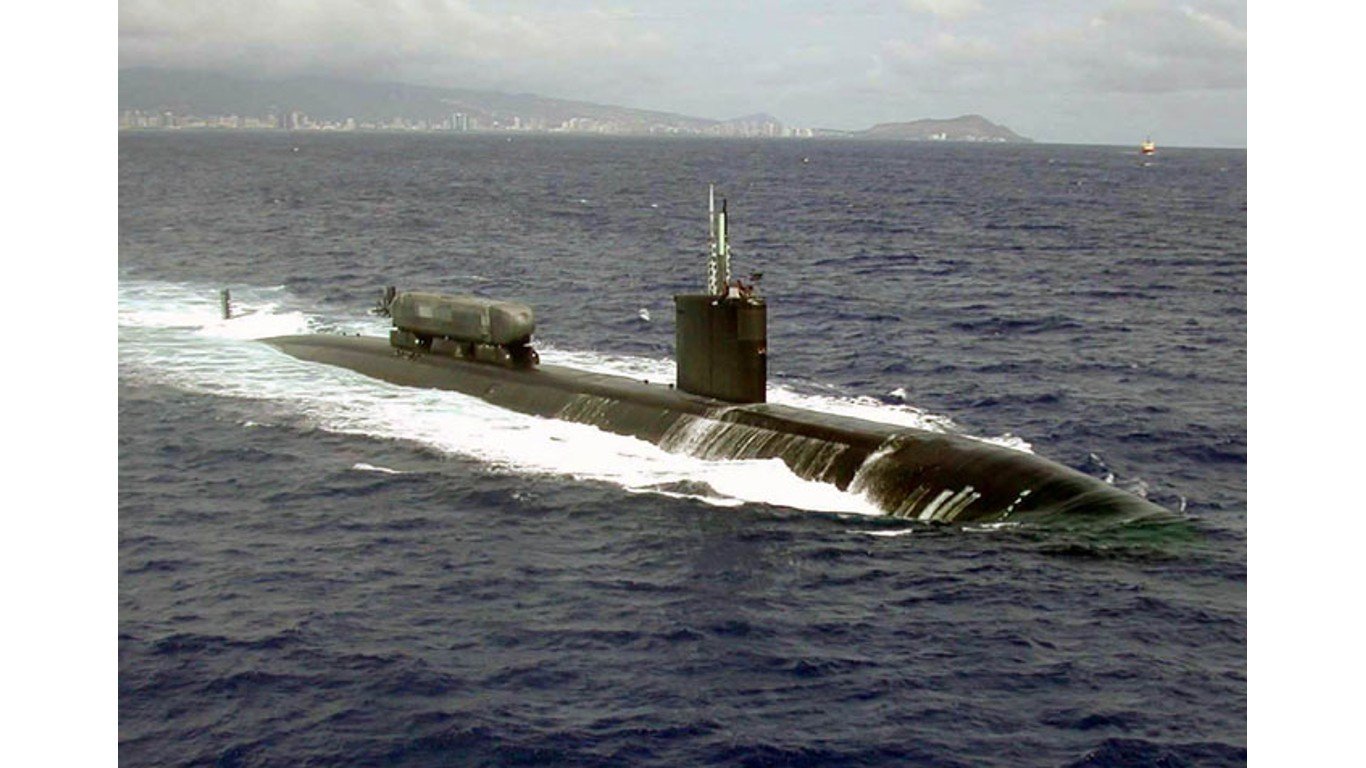
- Est. cost: $885 million
- Manufacturer: Northrop Grumman
- Purpose of Program: a mini-submarine specially designed to transport Navy SEALs into combat areas
- Why the Program Failed: several major problems, including noisy propellers and batteries that depleted faster than anticipated
- Program Length of Time: 2002-2006
16. M247 Sergeant York
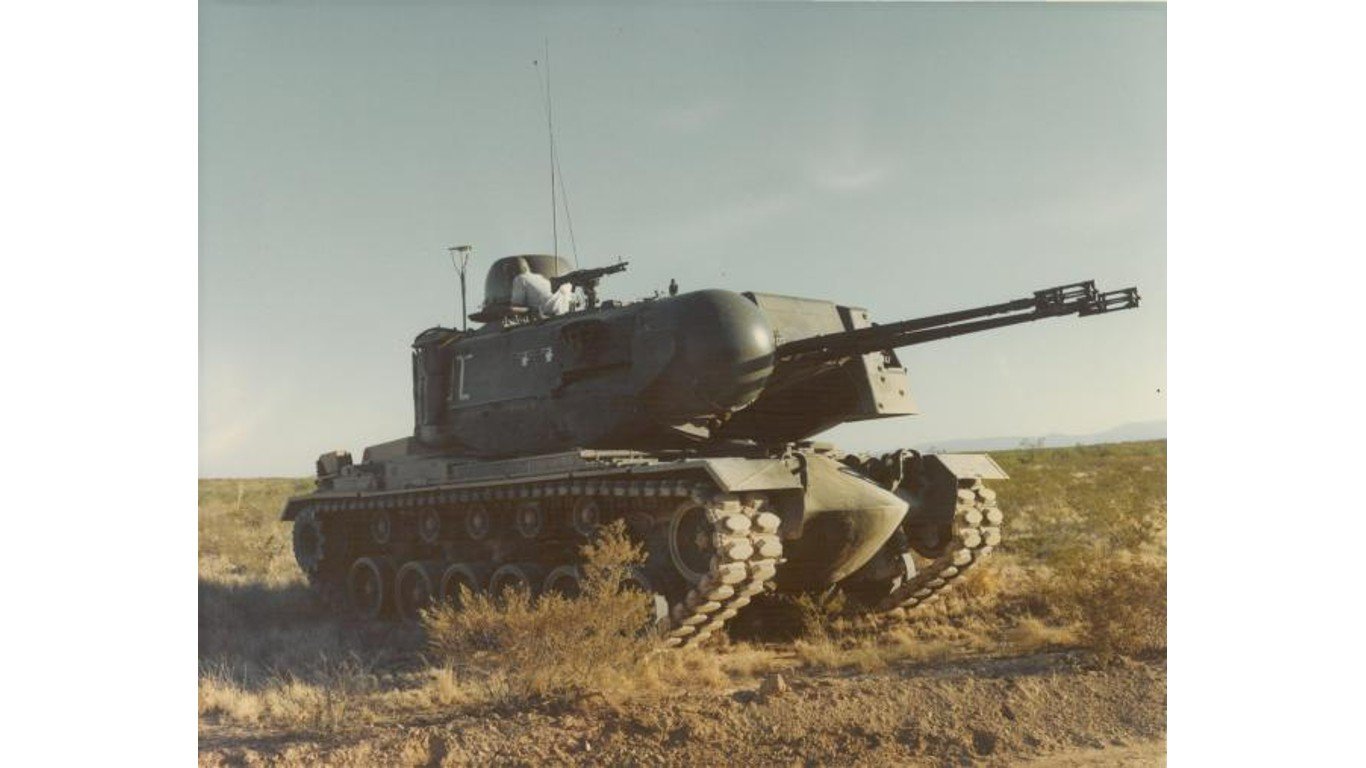
- Est. cost: $1.8 billion
- Manufacturer: defense contractor General Dynamics and automaker Ford
- Purpose of Program: a drivable anti-aircraft system capable of traveling with tanks to protect them from attack helicopters
- Why the Program Failed: slow target engagement times, failures in distinguishing between helicopters and trees, ineffective counter-countermeasures, and a top speed that could not match that of the tanks it was designed to protect.
- Program Length of Time: late 1970’s-1985
15. XM2001 Crusader
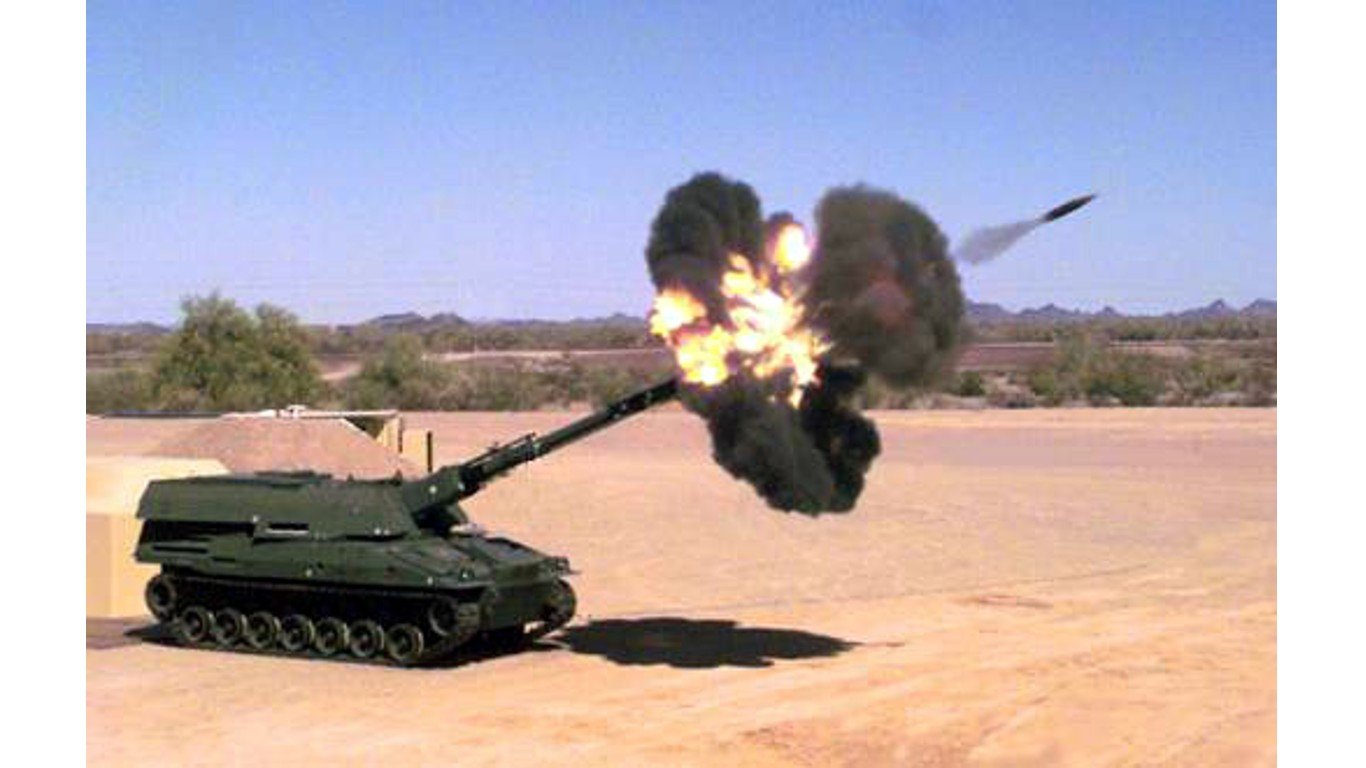
- Est. cost: $2.2 billion
- Manufacturer: United Defense and General Dynamic
- Purpose of Program: intended to replace the M109 Paladin self-propelled howitzers
- Why the Program Failed: the vehicle’s excessive weight, which gave way to mobility issues, as well as other shortcomings with the artillery system
- Program Length: 1995 – 2002
14. JLENS Balloon

- Est. cost: $2.7 billion
- Manufacturer: Raytheon
- Purpose of Program: designed to provide early warnings for any number of threats, including missiles, drones, and surface vehicles
- Why the Program Failed: ineffective and expensive
- Program Length: 1998 – 2017
13. Transformational SATCOM (TSAT)

- Est. cost: $3.2 billion
- Manufacturer: Air Force program
- Purpose of Program: envisioned as a secure, integrated communications network for the DOD, NASA, and the intelligence community
- Why the Program Failed: to reduce defense spending
- Program Length: canceled in 2009
12. Expeditionary Fighting Vehicle (EFV)
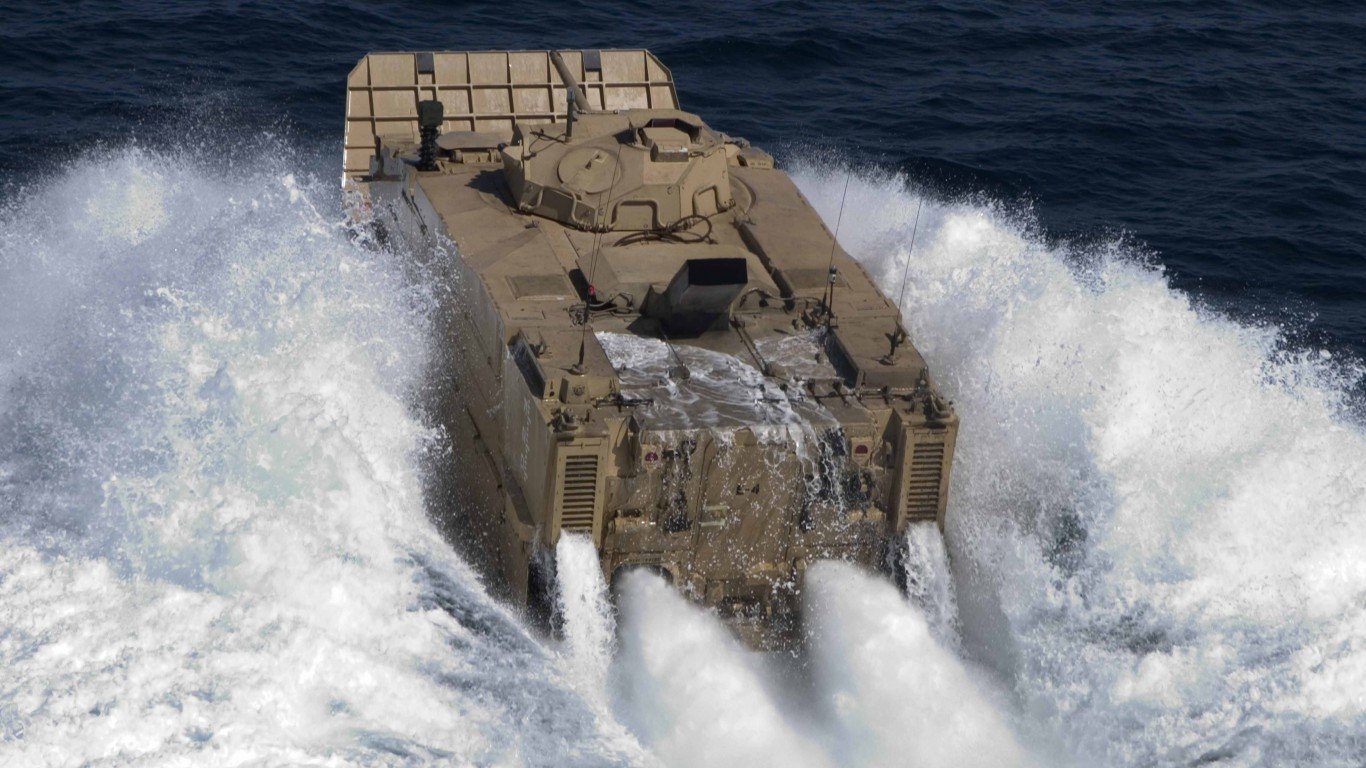
- Est. cost: $3.3 billion
- Manufacturer: General Dynamics
- Purpose of Program: a replacement for its aging Assault Amphibious Vehicle
- Why the Program Failed: ballooning costs
- Program Length: 1980s – 2011
11. VH-71 Presidential Helicopter
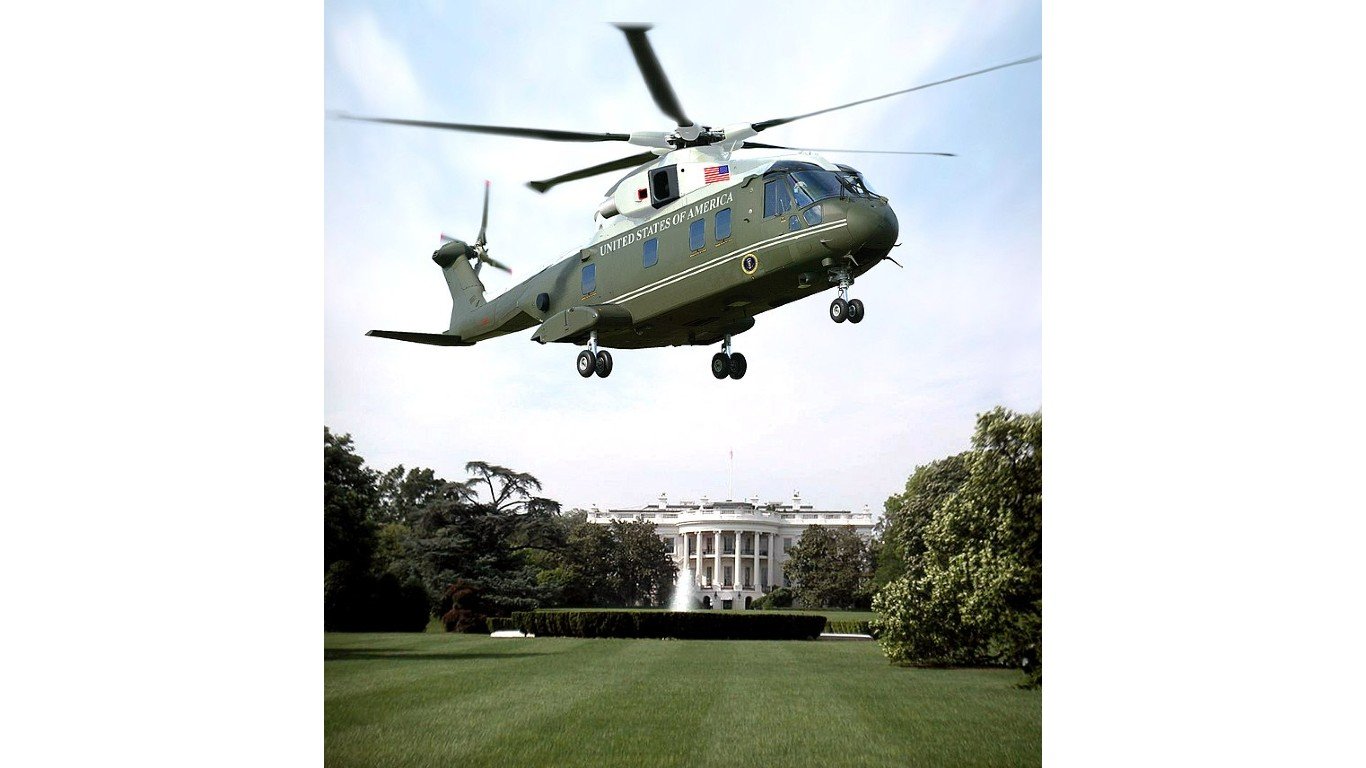
- Est. cost: $3.0 billion
- Manufacturer: AgustaWestland
- Purpose of Program: a replacement for Marine One
- Why the Program Failed: cost
- Program Length: 2005 – 2009
10. Universal Camouflage Pattern

- Est. cost: $5.0 billion
- Purpose of Program: the Army switched to a single new uniform that bore a so-called Universal Camouflage Pattern, or UCP
- Why the Program Failed: The pattern quickly proved inadequate for use in Afghanistan and not optimal in nearly any other environment either
- Program Length: 2004
9. Freedom-class Littoral Combat Ships
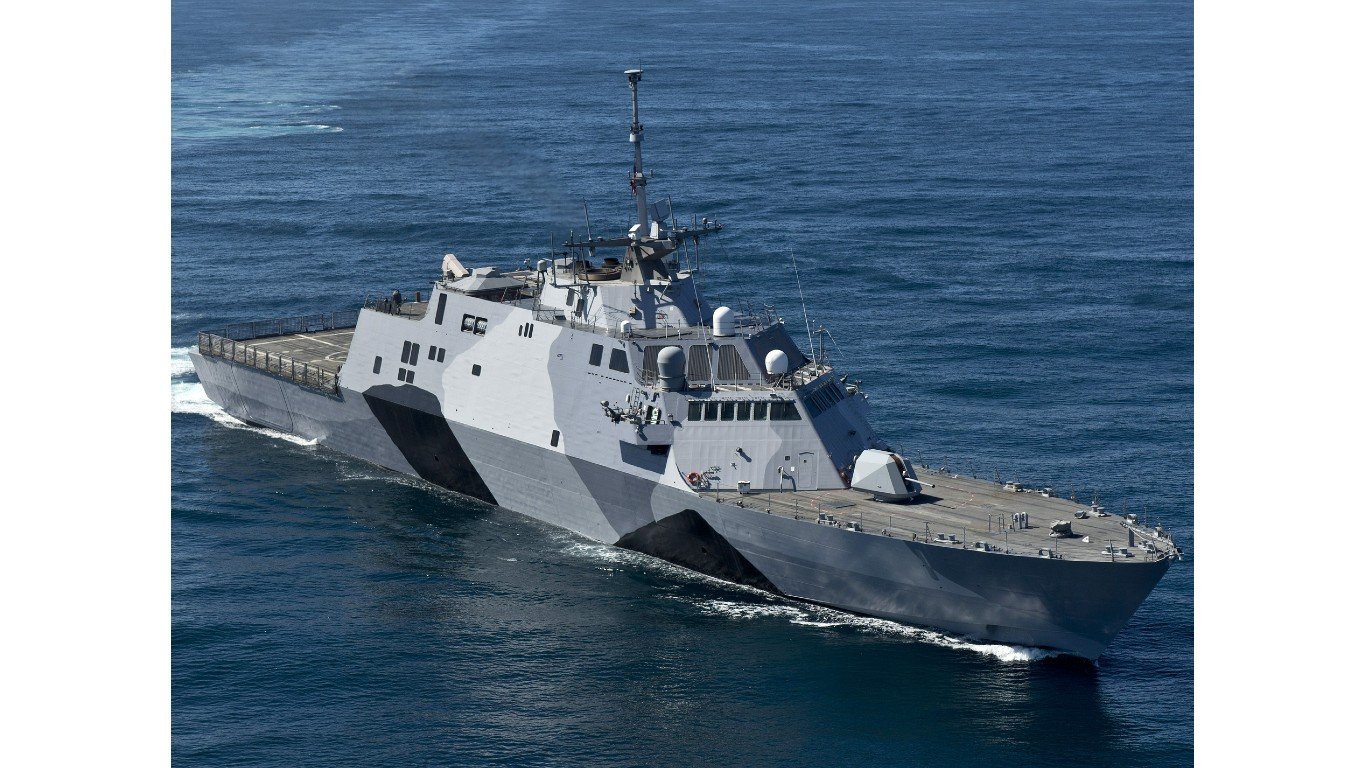
- Est. cost: $5.0 billion
- Manufacturer: Lockheed Martin
- Purpose of Program: need for a class of small, multipurpose warships to operate in the littoral zone
- Why the Program Failed: the ships were designed to be at sea for 25 years, yet none of those on the chopping block are close to hitting that milestone, including five that are less than a half-decade old
- Program Length: 2004 – 2023
8. NPOESS

- Est. cost: $5.8 billion
- Manufacturer: Northrop Grumman
- Purpose of Program: a way of combining the needs of the National Oceanic and Atmospheric Administration and the Air Force and ultimately be a cost-savings
- Why the Program Failed: 0verrunning its initial budget by billions of dollars
- Program Length: 1990s to 2010s
7. Boeing-Sikorsky RAH-66 Comanche
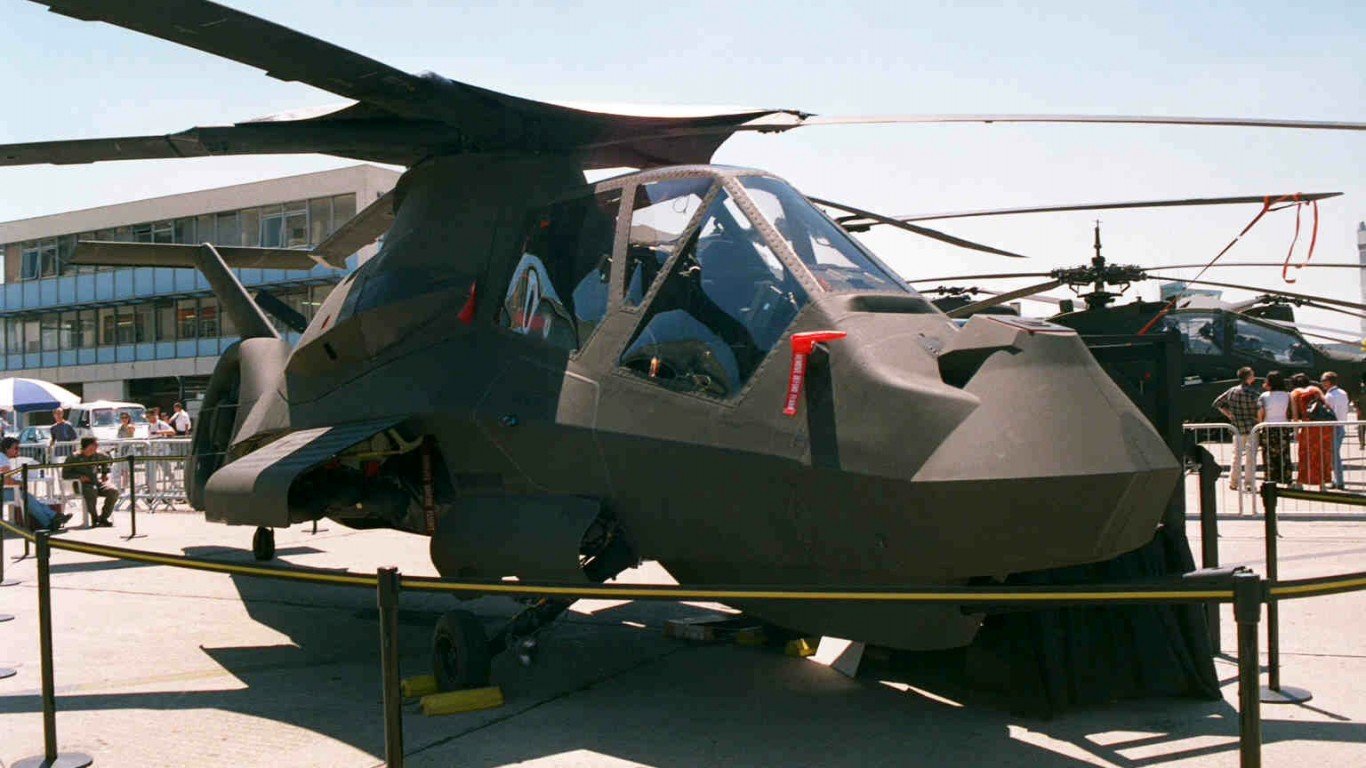
- Est. cost: $6.9 billion
- Manufacturer: Boeing and Sikorsky
- Purpose of Program: a new helicopter to perform a multitude of functions, including attack, reconnaissance, and surveillance
- Why the Program Failed: a litany of problems included those associated with radar signatures, antenna performance, gun system function, target detection, software, and questions about whether the 10,000-pound helicopter could even get off the ground
- Program Length: 1991 – 2004
6. Future Combat Systems

- Est. cost: $18.1 billion
- Manufacturer: US Army
- Purpose of Program: a concept involving an integrated set of both manned and unmanned vehicles
- Why the Program Failed: continued technical problems and rapidly rising costs
- Program Length: 1999 – 2009
5. Project Nike
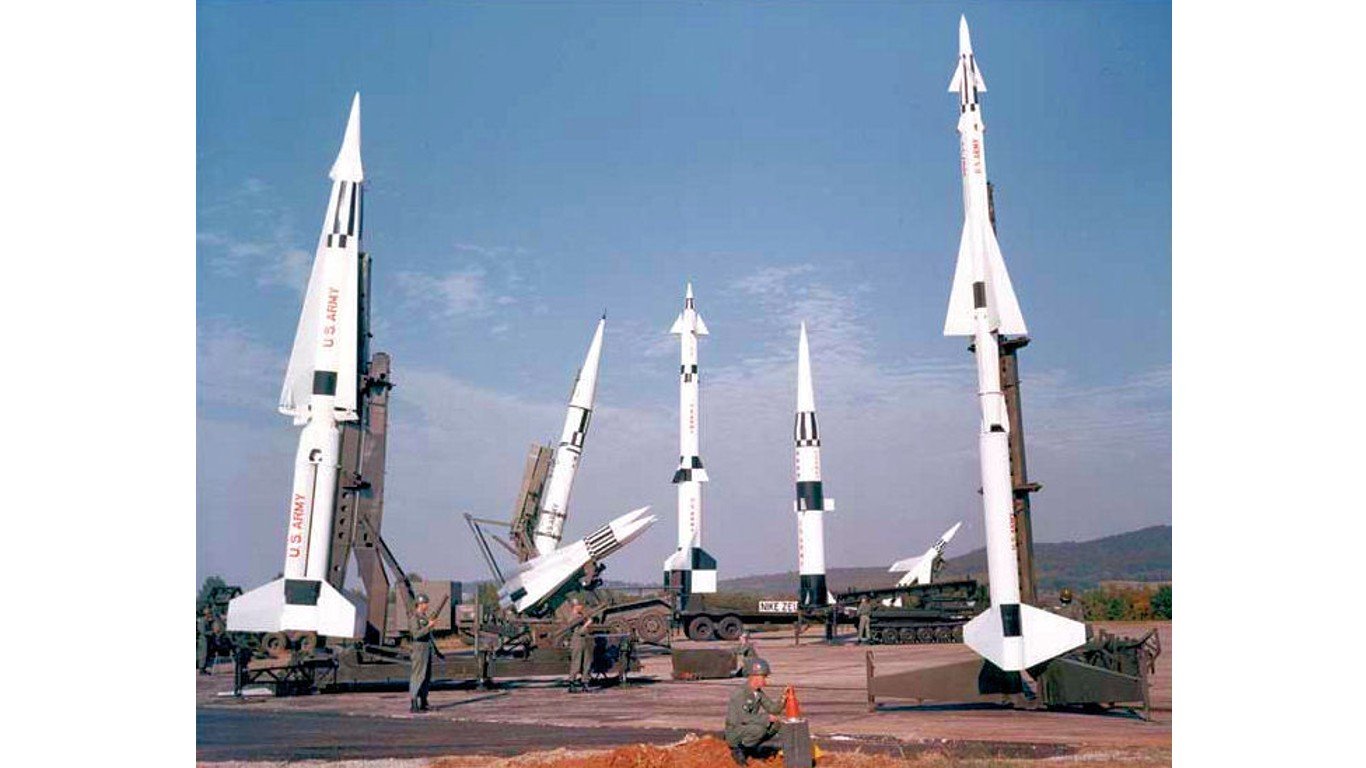
- Est. cost: $20.0 billion
- Manufacturer: US Army
- Purpose of Program: an initiative to build batteries of two or three anti-aircraft missiles around key cities and military sites across the country
- Why the Program Failed: rendered obsolete, having never once been used
- Program Length: 1960’s – 1970’s
4. Zumwalt destroyer
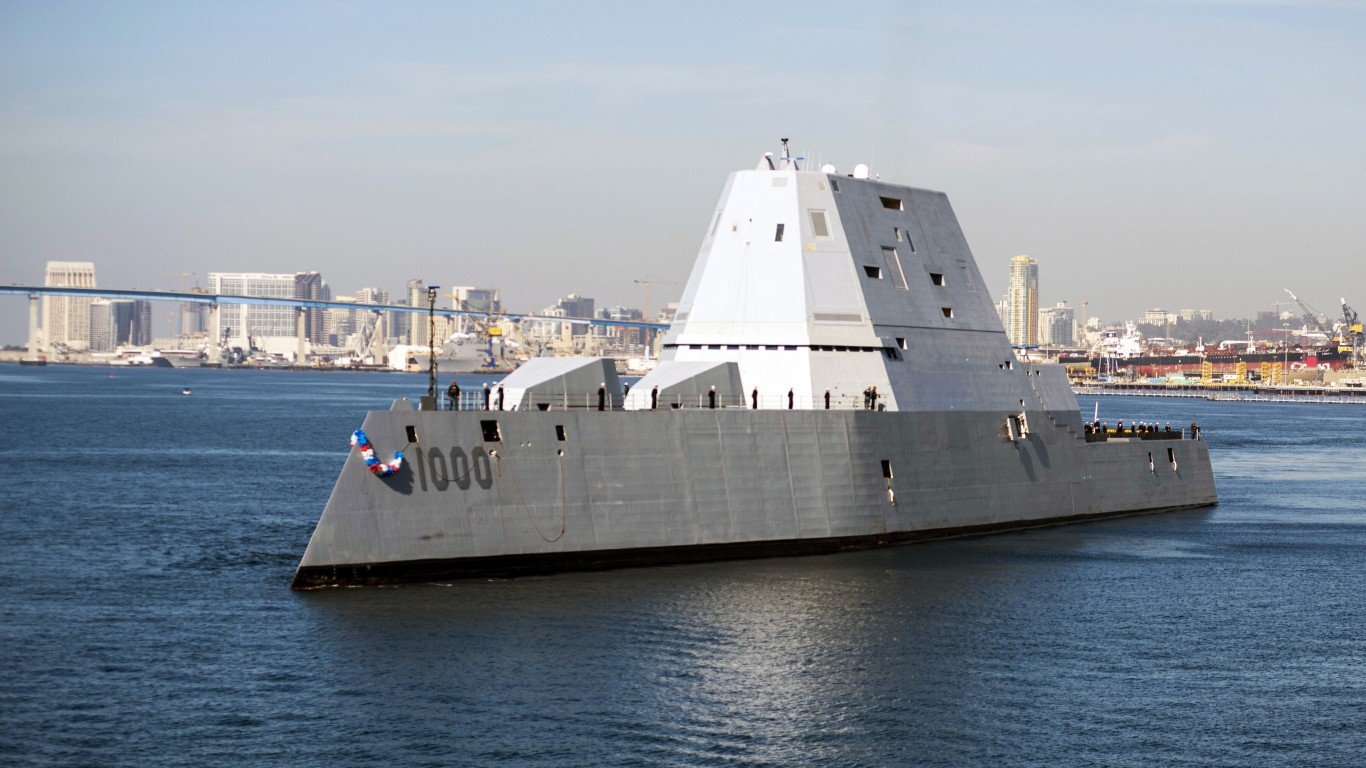
- Est. cost: $23.5 billion
- Manufacturer: Northrop Grumman and General Dynamics
- Purpose of Program: intended to be a land attack vessel with a minimal radar presence and highly advanced weapons, requiring a small crew
- Why the Program Failed: its weapons systems have proved to be less effective than anticipated, the destroyer required over 50% more crew than initially promised
- Program Length: 2005 – 2016
3. Strategic Defense Initiative

- Est. cost: $30.0 billion
- Manufacturer: Department of Defense
- Purpose of Program: a network of lasers in outer space that would protect the United States from any attack from a Soviet-launched nuclear ICBM
- Why the Program Failed: ridiculed for the litany of technical hurdles, many of which were thought to be insurmountable by experts
- Program Length: 1983 – 1993
2. KC-46 Refueling Tanker
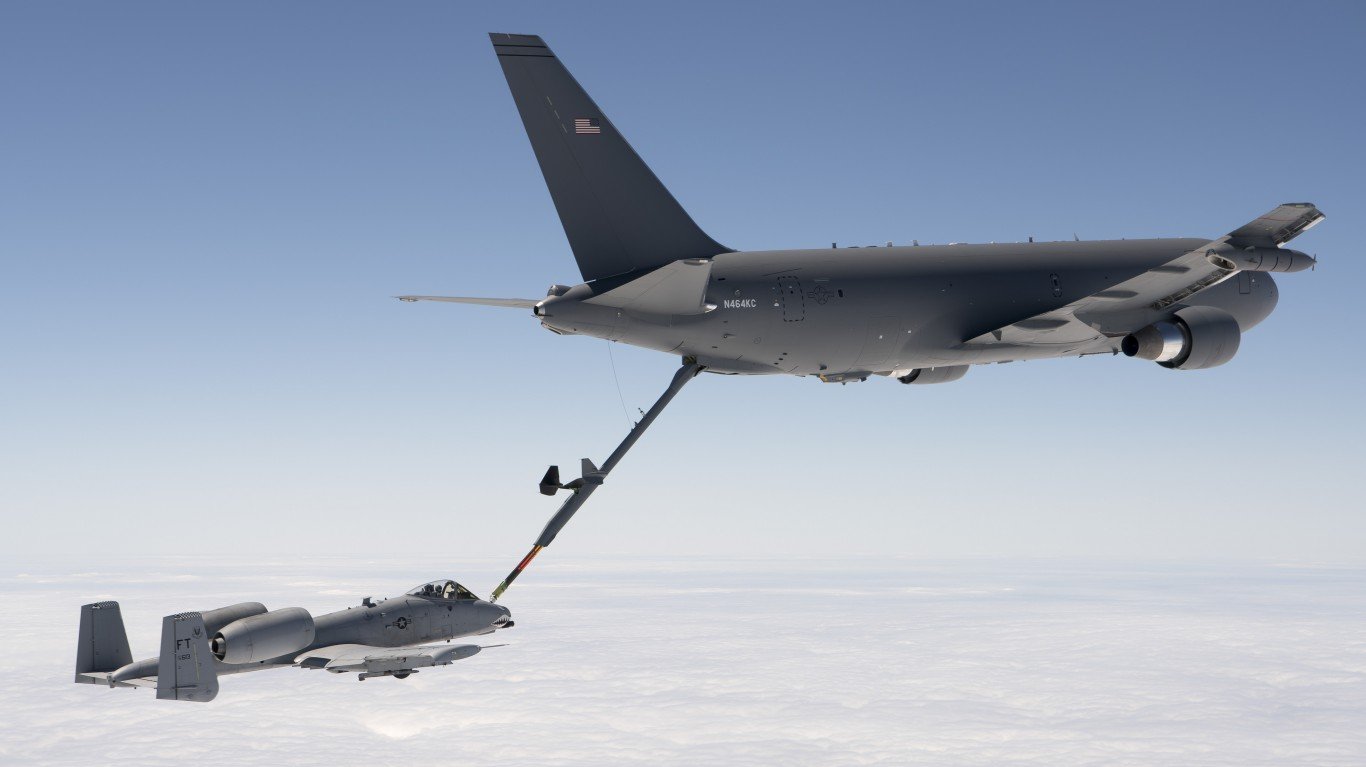
- Est. cost: $4.6 billion
- Manufacturer: Boeing
- Purpose of Program: a fixed-wing aircraft
- Why the Program Failed: several deficiencies classified as category 1, a Pentagon term reserved for the most serious technical problems
- Program Length: 2015 –
1. F-35
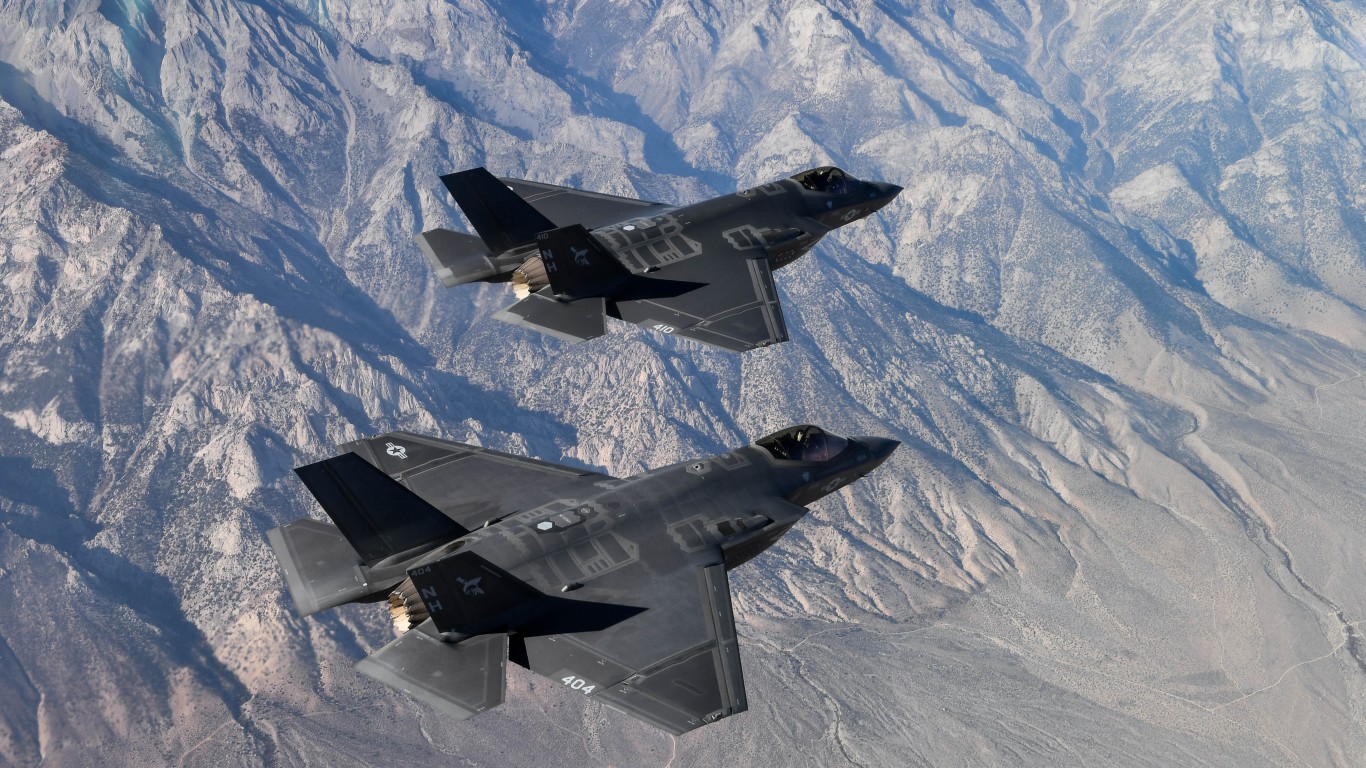
- Est. cost: $1.7 trillion
- Manufacturer: Lockheed Martin
- Purpose of Program: a multi-role combat aircraft
- Why the Program Failed: Problems include part failures, software glitches, damage to the aircraft when firing the main gun, and at least one incident of a jet catching fire on the runway before take-off
- Program Length: 2001 –
Take This Retirement Quiz To Get Matched With An Advisor Now (Sponsored)
Are you ready for retirement? Planning for retirement can be overwhelming, that’s why it could be a good idea to speak to a fiduciary financial advisor about your goals today.
Start by taking this retirement quiz right here from SmartAsset that will match you with up to 3 financial advisors that serve your area and beyond in 5 minutes. Smart Asset is now matching over 50,000 people a month.
Click here now to get started.
Thank you for reading! Have some feedback for us?
Contact the 24/7 Wall St. editorial team.

